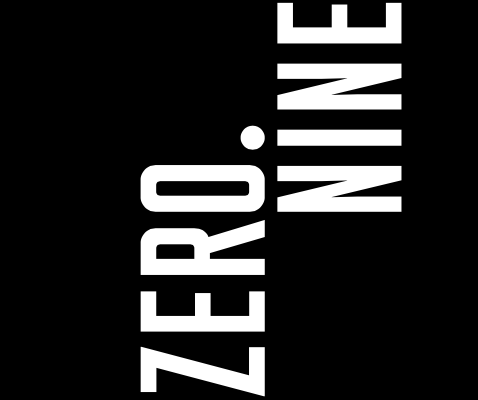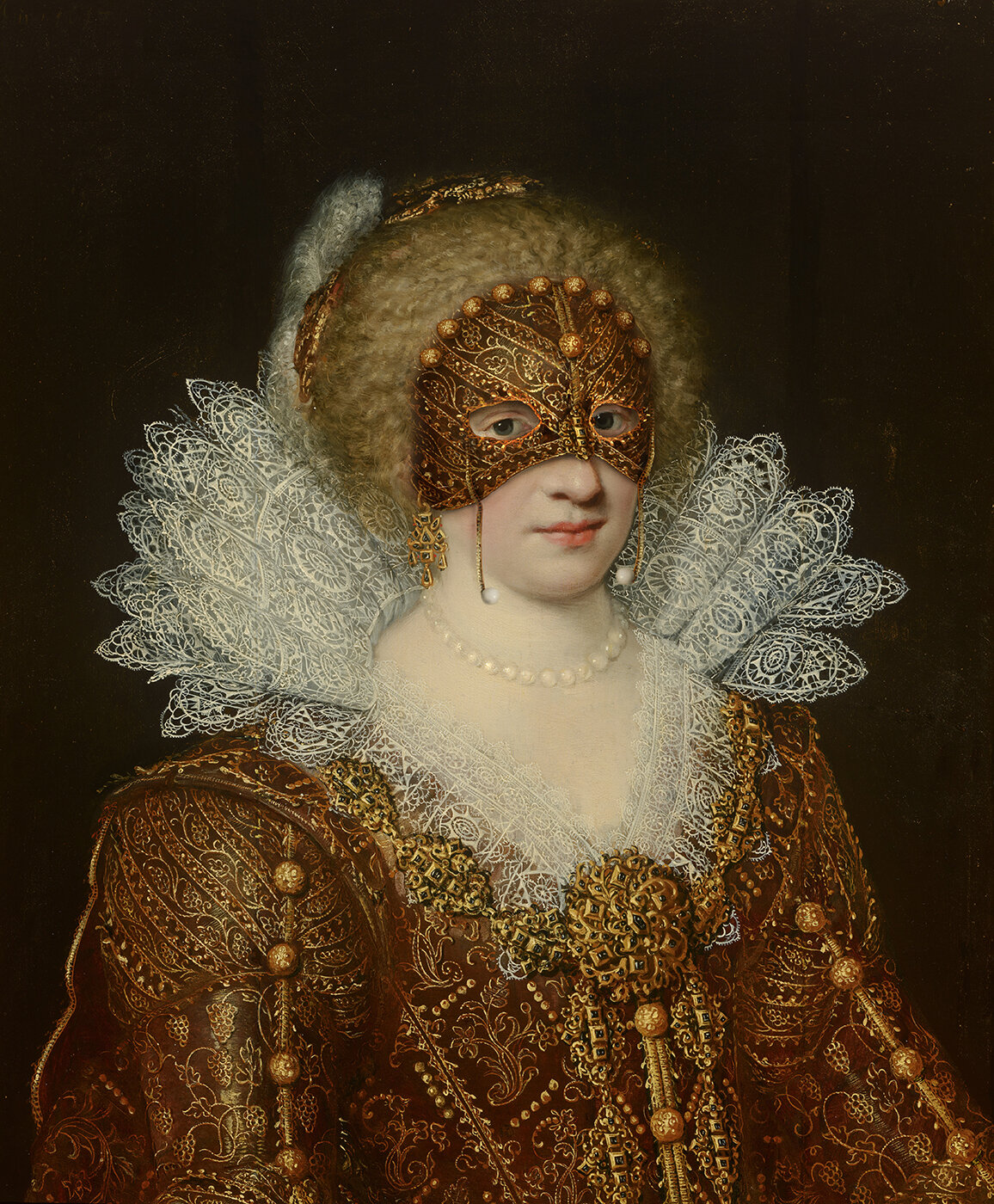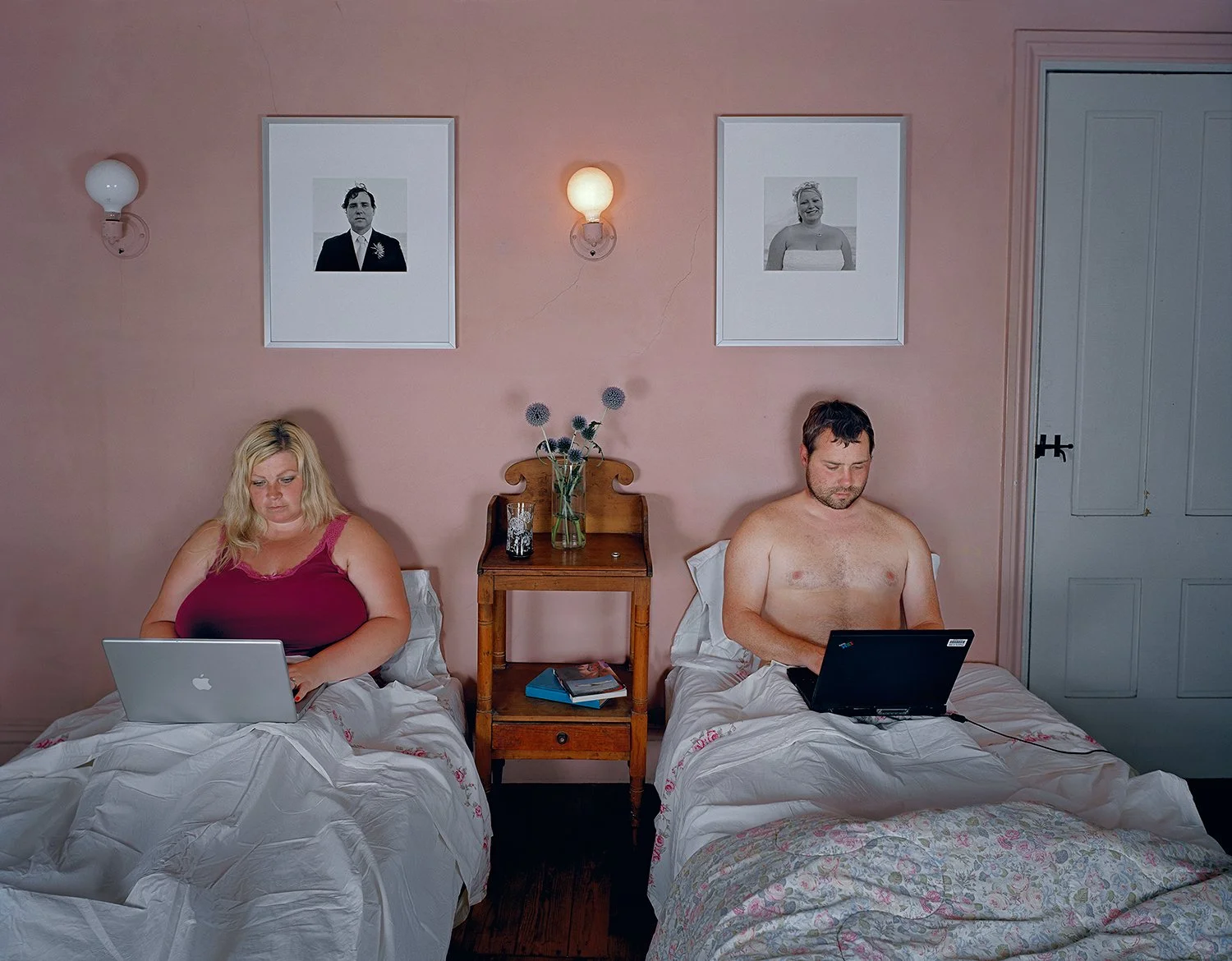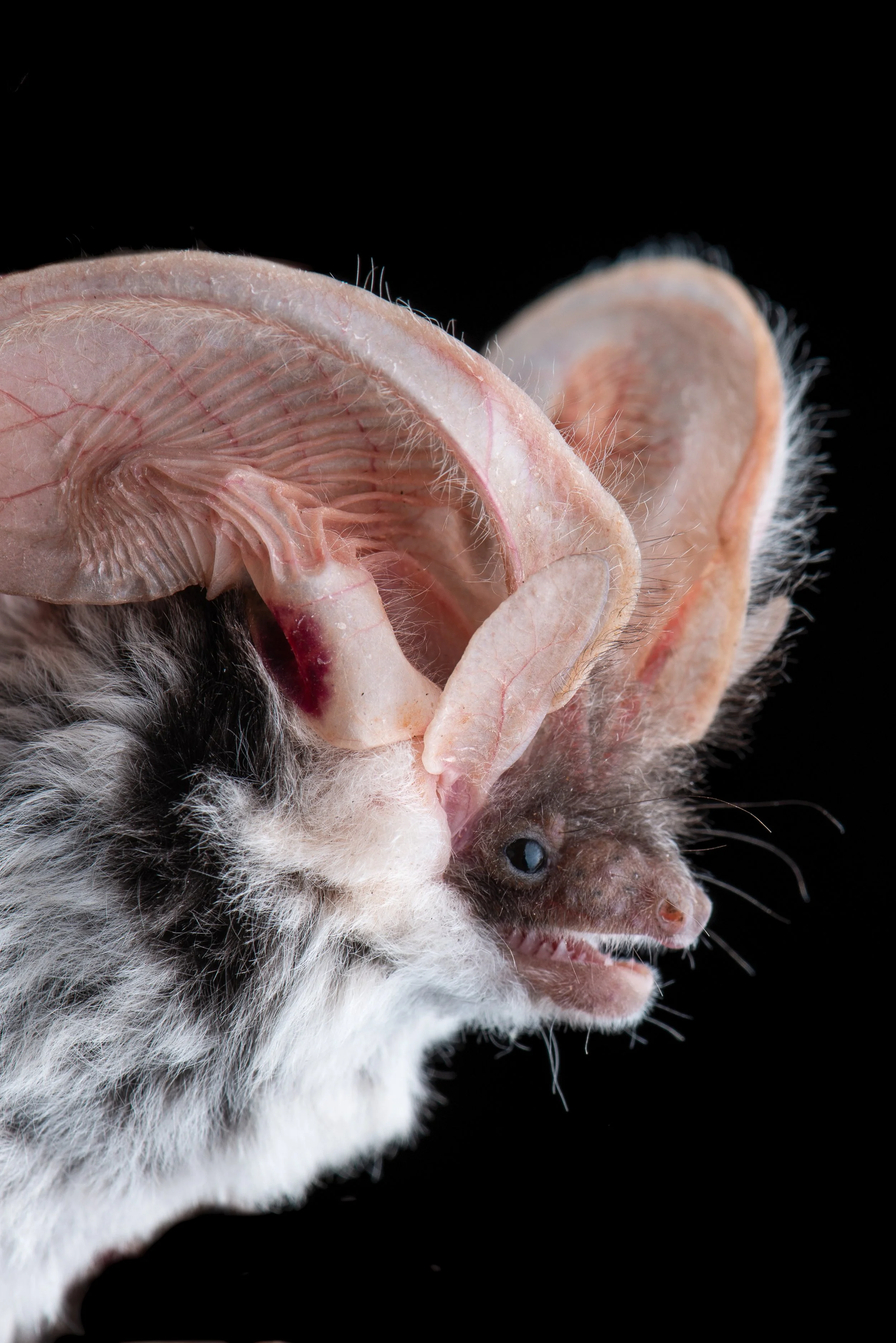Hidden Portraits
Volker Hermes’ series ‘Hidden Portraits’ played with the idea of covering faces, long before it became necessary to do so. The series gained notoriety last year when it went viral on social media during the Covid-19 pandemic.
Interview Sufiyeh HadianHidden Anonymous (Flower) Photocollage, 2020
The project began around ten years ago, initially inspired by the meaning of the portrait and from what they represent. Volker meticulously analyses and re-works the costumes and poses and in doing so, the details and history, to achieve a contemporary look at how we perceive portraiture. We caught up with the Dusseldorf based artist to find out more about his work and process.
What inspired you to create 'Hidden Portraits?
It was my reflection as a painter on the social significance of portraiture. Why were such portraits commissioned, what were they supposed to achieve and how were they realised by the artists.
And then there is the question of how we deal with such paintings today, because we no longer know so much about the codes that are communicated in them.
Why did you choose portraits by Old Masters?
As a painter, I really adore these works. Not only as a heritage, but also as something that influences me today. I think that this amazing art is still relevant today and it deserves to be looked at with contemporary eyes.
Of course, I don't want to paint like an old master, because I think that the present requires a different way of painting, but I still want to deal with it artistically. That's why I chose image editing as a technique.
“I don't want to paint like an old master, because I think that the present requires a different way of painting.”
Tell us the process behind your work.
Almost every day I browse through online archives and collections of museums and find paintings that interest me. Sometimes, however, I think that they rather find me. I then try to read the painting and work out a concept for my intervention. Well, then everything starts and I put together elements of the painting into new maskings.
What made you want to be an artist?
I don't know that for sure. Perhaps a will to create, mixed with the need for a kind of freedom.
Hidden Largilliere, 2021
Hidden Frédou Photocollage, 2020
What do you want to invoke for the viewer when seeing your work?
My works are irritating for the viewer because the access to the face is no longer there. But they also challenge us to read historical portraits differently, to discover them anew. And they offer a new approach to think about the relationship between art and society. If my work motivates people to see art from a different perspective, then I have already achieved a huge success.
“If my work motivates people to see art from a different perspective, then I have already achieved a huge success.”
Most of your portraits re-constructs costumes, do you have knowledge on the history of dress?
Every journey begins with a painting. If a painting raises a question, I try to find answers, read, research about art and fashion history. Over time, of course, I have gathered quite a bit of knowledge.
Years ago, I also worked for a workshop for historical clothing (for operas and theaters). There I was able to get information about clothes from different times and in addition I saw how they were sewn. That helps me a lot today. But I always emphasize that I am neither an art historian, nor a fashion historian, but an artist. So, I try not to be too didactic.
Is there symbolic significance to the work only showing their eyes/ not showing their eyes or not revealing their face at all?
Within facial expressions, the eyes are an essential contact. No matter how well a smile is trained, the eyes provide a more honest information. They are also the "between the lines" of facial expressions.
That's why I can set statements by covering eyes completely or leaving them partially visible. Each time the painting gets a different connotation. That is important for my work.
“Within facial expressions, the eyes are an essential contact. No matter how well a smile is trained, the eyes provide a more honest information.”
Hidden Mengs Photocollage, 2020
Hidden Quentin De la Tour Photocollage, 2019
What do you love about what you do?
That I can do what I love.
What's next for you?
So many paintings are waiting for me, the work does not run out. I am glad that also this year exhibition projects are planned, although these days you always have to see what the pandemic situation finally allows.
Hidden Ziesenis Photocollage, 2019
Hidden Sully Photocollage, 2020
Hidden van Ravesteyn III Photocollage, 2019
Hidden Perronneau Photocollage, 2020
Hidden de Keyser Photocollage, 2019
Hidden Moroni II Photocollage, 2019
Hidden Tocqué Photocollage, 2020
Volker Hermes at his studio. Photography Franz Schuier
You can see more of Volker’s work on his website or follow him on Instagram























